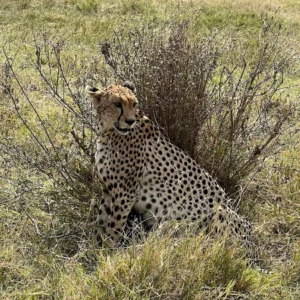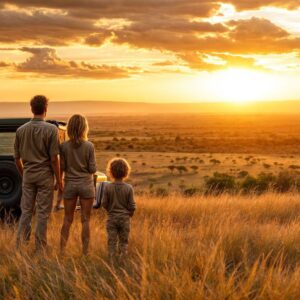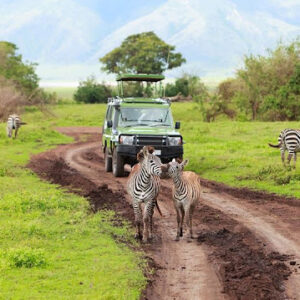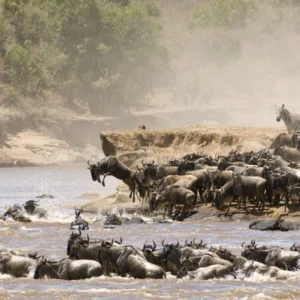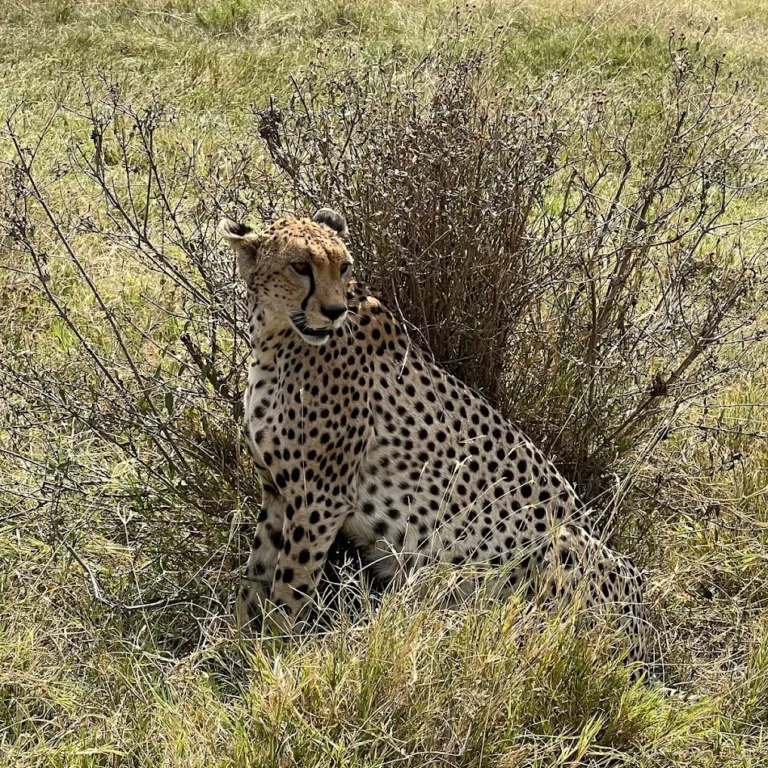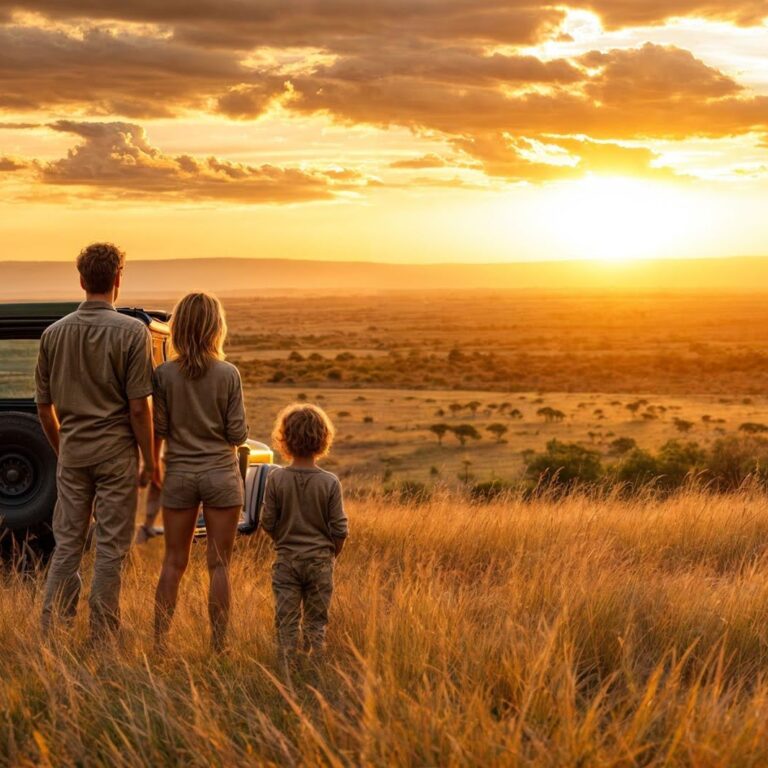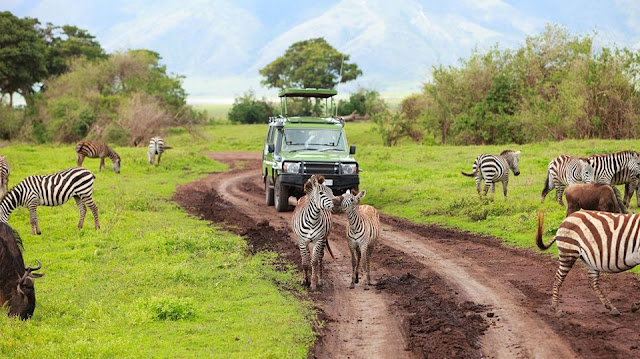When it comes to climbing Mount Kilimanjaro, one of the most significant decisions you’ll face is choosing the right route. Among the many paths that lead to the summit, the Lemosho and Machame routes are two of the most popular. Both routes offer unique experiences, striking vistas, and their own challenges. But which one is best for you? Each offers unique experiences, and understanding their distinctions will help you make an informed decision. Let’s explore the distinguishing features of the Lemosho and Machame routes, helping you make an informed choice. Here’s a detailed comparison of Lemosho vs. Machame based on several factors.
Lemosho vs Machame route distance
The distance between the two routes varies significantly. The Lemosho route typically spans about 70 kilometers (43 miles), depending on the specific variation taken. In contrast, the Machame route covers roughly 62 kilometers (39 miles). While the Machame route might appear shorter, the longer Lemosho route allows for a gradual ascent, which can be vital for acclimatization.
Lemosho vs Machame Route Duration
Duration another critical factor. Generally, the Lemosho route takes about 7-8 days to complete. Which offers ample time for climbers to acclimatize to the altitude. The Machame route, known as the “Whiskey Route,” is generally quicker and can be completed in 6-7 days. This variance in duration may affect your comfort and success rate in summiting the peak.
✔The Lemosho route begins on the western side of Kilimanjaro. Often praised for its stunning scenery and less crowded trails. This route is relatively new compared to other paths, having been established in the late 2000s, which means that trekkers can enjoy a more serene experience. Over the course of about 7 to 8 days, climbers traverse diverse ecosystems, from lush rainforests at the lower elevations to the breathtaking alpine desert near the summit.
✔On the other hand, the Machame route, often referred to as the “Whiskey Route,” one of the oldest and most well-trodden paths. Known for its popularity, it’s typically busier than Lemosho. Machame also offers spectacular views and a variety of terrains, winding through rainforests, moorlands, and finally to the summit plateau. This route usually takes approximately 6 to 7 days to complete.
Lemosho vs Machame route Accommodation
Both routes provide different types of accommodation, with the Lemosho route typically being more serene and less crowded. On Lemosho, climbers often camp in designated areas surrounded by lush vegetation and wildlife. In contrast, the Machame route can be more crowded, with hikers often sharing campsites. The quality of accommodation on both routes is generally good, with experienced guides and team members ensuring a comfortable experience.
Lemosho vs Machame route map
Understanding the route map can illuminate the differences in the paths taken. The Lemosho route begins in the western highlands and offers a wide variety of landscapes. Whereas the Machame route starts in the southwest and provides stunning views of the mountain right from the onset. Route maps are crucial for visualizing the journey, and can be obtained from various trekking agencies.
Lemosho vs Machame route Ascend/Descend
In terms of ascent and descent, both routes follow distinct paths. The Lemosho route typically ascends slowly and descends via the Mweka route, providing a chance to enjoy different sceneries. The Machame route usually follows the same path for the ascent and descent, leading to a familiar view on the way back.
Lemosho vs Machame route Scenery
Scenery is a subjective but vital aspect of choosing a route. The Lemosho route is often praised for its varying ecosystems, from rainforests to alpine deserts, culminating in breathtaking views near the summit. The Machame route, while also scenic, is more renowned for its panoramic views of Kilimanjaro’s northern slopes, especially during sunset.
✔One of the most compelling reasons to choose Lemosho rich biodiversity. As you trek through rainforests and heath, you’re likely to encounter a variety of wildlife and unique plant species. The breathtaking vistas of the Shira and Kibo peaks are a constant backdrop, and the dramatic scenery makes for great photographs. Since Lemosho is less frequented, you’ll find quiet spots to soak in the beauty around you.
✔In contrast, the Machame route highlights its panoramic views. Climbers often rave about the opportunity to gaze down upon the clouds from higher altitudes, especially near the Barranco Wall. The iconic images of Kilimanjaro rising above the land make this route an Instagram favorite. While you may share the trail with more fellow trekkers, the camaraderie can enhance the adventure.
Lemosho vs Machame route Acclimatization
Acclimatization essential for a successful summit. The Lemosho route’s longer duration aids acclimatization, allowing climbers to gradually adjust to the altitude. The Machame route, despite its shorter itinerary, has a good acclimatization profile since it includes a ‘climb high, sleep low’ strategy, albeit in a more accelerated manner.
✔Acclimatization crucial when climbing Kilimanjaro, and both routes are designed with this in mind. The Lemosho route offers a gradual ascent—typically taking 7 days. This extended duration allows climbers to adjust better to the altitude, potentially reducing the risk of altitude sickness. The diverse environments and slower pace help trekkers acclimatize properly.
✔The Machame route faster-paced, and while it is considered more challenging due to its steeper sections—like the Barranco Wall—the shorter duration can be attractive for those who are physically fit and looking to maximize their adventure in a shorter timeframe.
Lemosho vs Machame Route Success Rate
Success rates can be influenced by many factors, including the route taken. The Lemosho route boasts a success rate of around 90% due to its gradual ascent and longer time allocated for acclimatization. The Machame route has a slightly lower success rate, generally around 80%, which may be attributed to its quicker ascent.
Lemosho vs Machame route Crowds
If you prefer solitude on your trek, the Lemosho route is less crowded. Making it attractive for those looking for a more peaceful experience. The Machame route, being more popular, tends to have larger groups, which can lead to a more bustling atmosphere on the trail and at campsites.
Lemosho vs Machame route Difficulty and Altitude Gain:
Both routes present challenges. The Machame route is often described as more difficult due to its steeper sections and quicker ascent, while the Lemosho route, though longer, provides a more gradual and manageable incline. Understanding your personal fitness level and experience is crucial when assessing which route suits you best.
Lemosho vs Machame Logistic wise
From a logistics standpoint, both routes are well-organized by guided tours. However, the Machame route’s popularity can sometimes lead to more logistical complications during peak season due to the number of climbers. The Lemosho route’s less trafficked nature makes it a more straightforward option in this respect.
Starting points of Machame vs Lemosho Route
The Machame route starts at the Machame Gate, which is easily accessible and not far from Moshi. The Lemosho route begins at the Lemosho Gate, located further west, requiring additional travel time. This may be a consideration when planning the logistics of your trek.
Which Route Is Best for You Lemosho and Machame?
Ultimately, your choice between Lemosho and Machame depends on several factors: your schedule, personal fitness level, and what you hope to gain from the experience. If you’re looking for a quieter, more immersive journey through nature and have a few extra days, Lemosho might be your best bet. However, if you’re seeking a classic Kilimanjaro experience with more social interaction and don’t mind a busier trail, then Machame could be perfect.
Both routes offer incredible opportunities to experience one of the world’s most iconic peaks. Whichever path you choose, prepare for an unforgettable adventure on Kilimanjaro.
Final Thought
In choosing between the Lemosho and Machame routes, consider your hiking experience, desired scenery, accommodation preferences, and acclimatization needs. Both routes lead to the breathtaking summit of Mount Kilimanjaro, but your personal experience and success depend on finding the right fit for your adventure. Plan wisely, and enjoy the journey to the Roof of Africa

